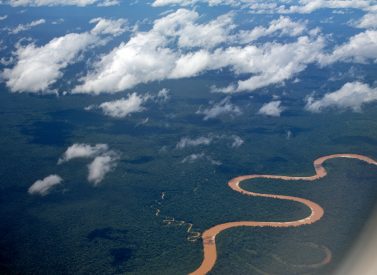
Tambopata Research Centre
Travel deep into Peru’s rainforest and visit the famous Tambopata Research Centre.
This community run eco-lodge and research centre takes you as far into the jungle as travellers can go.
Such dedication to wildlife is rewarded with some of the best chances for seeing macaws, monkeys and jaguars anywhere.
You’ll get the chance to help researchers on projects, look for new species and enjoy some of the very best Amazon lodging.
More on Tambopata Research Centre
You visit the Tambopata Research Centre, also known as TRC.
Here, you can see the work being undertaken by researchers there, as well a visit a huge macaw lick, oxbow lakes and enjoy jungle walks. There are a wide variety of activities you can choose from.
Your rewards can include seeing Giant Otters, Macaws, Harpy Eagles and possibly a Jaguar. Read Tom’s blog about doing just that – spotting a jaguar.
Night walks with ultra violet lights is a real highlight, as the UV reflects off lichens, scorpions and spiders to give the canopy a whole new look.
More than 1,300 bird species (including 32 parrot species – 10% of the world’s total), 200 mammal species, 90 frog species, 1,200 butterfly species and 10,000 species of higher plants are protected within this reserve.
Luxury at Tambopata Research Centre
You are accompanied by Ese’eja and English-speaking Peruvian naturalist guides through the forest, and on canoe trips.
Tambopata Research Centre eco-lodge now boasts a new wing with luxury accommodation in the heart of the Amazon.
All have been constructed combining traditional native design and materials (wood, palm fronds, wild cane and clay) with modern, low-impact technology.
Trip Highlights
Print Share Download as PDF-
Visit the most remote jungle lodge in the Amazon, plus a choice of standard or luxury accommodation.
-
Two of the most important Macaw clay licks in the region, which can fill with Macaws and Parrots.
-
Macaw research and conservation - the chance to talk to biologists and ecologists about research on Macaws, carried out here since 1989.
-
Caiman, monkeys, turtles and more all possible to spot on short hikes near the lodge.
It was a great experience in TRC!!! We saw plenty of Macaws and even got to hold some chicks, plus we had a great array of monkeys, capybaras, peccaries and caymans along the way too, not to mention the outstanding birdlife and amphibians, so I was overall very happy... it is a nice piece of forest and met and exceeded our expectations, and our guide Yuri did his best to meet our many demands... we went on several night walks, found some obscure invertebrates and snakes, got to see an anaconda even... some guys were luckier still and there were reports of a puma and a giant ant-eater, the second time only apparently being seen there at TRC, but we didn't feel like we didn't see enough!
The boat trip was on itself a highlight, especially with the river being in full flood and navigating the rapids and the giant trees flowing down it was a real adventure! Back to work now, but I think I have a few strong contenders for the picture of the year ... not just macaws but also a harpy eagle landing on its nest!
Many thanks for making it possible and tailoring it to our rather demanding specifications!!! I will recommend Andean Trails to everyone and hope to have a chance to travel with you again!
V. Bavro, Tambopata Research Centre
Full Itinerary
Day 1: Arrive Puerto Maldonado, Boat to Tambopata Research Centre, Overlook Trail (L,D)
Arriving at Puerto Maldonado, we are transferred to the Tambopata River to go into the pristine heart of the reserve. After the first hour we leave the final traces of human habitation behind as we cross the northern boundary of the 700,000 hectare and completely uninhabited nucleus of the Tambopata National Reserve. Differences in wildlife abundance will be noted immediately: we begin to sight macaws, herons, kingfishers and cormorants and may be lucky to have chance encounters with capybaras, caiman, storks, ducks and other wildlife.
Boxed lunch on the boat.
Tambopata Research Station (TRC). Overlook trail and Macaw Project Lectures
We arrive at the Tambopata Research Centre (TRC) in the early afternoon, greeted by the Chicos, our flock of semi-wild, rescued macaws. On arrival, we hold an orientation session. After this, a three to five kilometre hike will lead us to overlooks commanding magnificent views of the Tambopata river winding its way into the lowlands. The forest on this trail, regenerating on old bamboo forest, is good for Howler Monkey and Dusky Titi Monkey.
We return to TRC for dinner.
After dinner, we can choose to take part in the Macaw Project Lectures. Scientists will provide an in depth look at the biology of macaws, their feeding habits,the theories for clay lick use, their breeding and feeding ecology, population fluctuations and the threats to their conservation.
While we are at the TRC, there are many activities to choose from according to our interests. These include a monkey search, different walks and a Macaw nest visit.
Optional activities with ‘A La Carte’ upgrade
Night Walk: Experience the sounds of frogs, insects, and other nocturnal animals.
Colorado Macaw Clay Lick: Parrots, macaws and parakeets love the clay lick — with luck, it’ll be busy.
Discover New Species: Become a scientist and get the chance to discover a new species, led by our team of researchers.
Rainforest Master Hike: A full, six-hour hike deep into the rainforest gives optimal wildlife viewing possibilities.
Birdwatching: More than 600 bird species await on this birdwatching-specific tour.
Chuncho Macaw Claylick Expeditions: A two hour boat trip brings us to this fascinating clay lick, attracting large macaws, parrots and parakeets.
Sunset Cruise: Enjoy the river and its surroundings at sunset.
AmazonCam: Explore the world of camera traps and the amazing wildlife they capture.
Creek Hike: A wide variety of birds, animals, frogs, and insects gather at the creek.
Island and Pond: A new ecosystem to explore, with turtles, caiman, and much more.
Bamboo Trail: Native bamboo forests brim with wildlife, with a beautiful viewpoint en route, too.
Bowl Adventure: (Nov-March) Pre-dawn walk to palm swamps teeming with wildlife.
Butterfly World: (May-Sept) Peru has more butterfly species than anywhere else — book this tour in advance to see some of the most glamorous and elegant the Amazon offers.
Ceiba Walk: Hike to some of the forest’s largest Brazil nut trees, some of them jaw-dropping in size.
Monkey Search: Walk the floodplain looking for spider monkeys, red howler monkeys, and brown capuchin monkeys.
Giants of the Amazon: Trek among giant trees, and while among the figs, ceibas, and shihuahuacos we will look for squirrel, brown capuchin, and spider monkeys.
Palm Swamp Walk: (Nov-Mar) Aguaje Palm Swamp is a dried Oxbow lake, now home to palm trees and a proliferation of animals — it’s an ecosystem in action.
Day 2: Macaw Clay Lick. Floodplain Trail and Pond Platform. Night walk (B,L,D)
At dawn we cross the river and enjoy the world’s largest macaw clay lick where hundreds of parrots and macaws of up to 15 species congregate daily.
Of the lick, the January 1994 issue of National Geographic stated: “When the morning sun clears the Amazon tree line in southeastern Peru and strikes a gray-pink clay bank on the upper Tambopata River, one of the world’s most dazzling wildlife gatherings is nearing its riotous peak.
“The steep bank has become a pulsing, 130-foot high palette of red, blue, yellow and green as up to a thousand parrots squabble over choice perches to grab a beakful of clay, a vital but mysterious part of their diet. More than a dozen parrot species will visit the clay lick throughout the day, but this midmorning crush belongs to the giants of the parrot world, the macaws.”
You can expect to see ten to twelve of the following members of the parrot family: Red-and-green, blue-and-gold, scarlet, red-bellied, chestnut-fronted and blue-headed macaws; mealy and yellow-crowned amazons; blue-headed, orange-cheeked and white-bellied parrots; dusky-headed, white-eyed, cobalt-winged and tui parakeets and dusky-billed parrotlets.
This show will continue until the macaws sense danger, usually in the form of an eagle, and depart simultaneously in an explosion of sound and colour.
Around mid-morning, when the most intense clay lick activity is over for the day, we return to TRC for breakfast.
Floodplain Trail and Pond Platform
This five kilometre Floodplain trail covers the prototypical rain forest with immense trees criss-crossed bycreeks and ponds. Amongst the figs, ceibas and shihuahuacos we will look for Squirrel, Brown Capuchin, and Spider Monkeys as well as peccaries. TRC is located within this habitat.
We will return to TRC for lunch. Ten minutes upriver from the lodge is a tiny pond with a platform in the middle. It is a great place tos pot waterfowl such as Muscovy duck, sunbittern and hoatzin along with the woodpeckers, oropendolas, flycatchers and parakeets that call this pond their home.
After dinner you will have the option of hiking out at night, when most of the mammals are active but rarelyseen.
Much easier to find are frogs with shapes and sounds as bizarre as their natural histories.
Day 3: Macaw Clay Lick. Terra Firme and Palm Swamp Trails (B,L,D)
We wake up at dawn once again to visit the macaw clay lick and then return for breakfast.
After breakfast we will hike the Terra Firme Trails, an entirely different habitat characterised by smaller, thinner trees atop hills and slopes is covered by this five kilometre trail.
Saddleback tamarins are frequently found here. As we walk near the limits of the swamp we will also keep our eyes open for rare tapir tracks.
After lunch we visit the Palm Swamp Trail. Growing on the remains of an oxbow lake and providing both arboreal as well as terrestrial mammals with fruits throughout the year, the aguaje palms are one of the most important food sources in the rainforest. Demand for these fruits and great conditions for planting rice, makes the palm swamp also one of the most threatened habitats.
We return to TRC for Dinner.
Day 4: Transfer out to Puerto Maldonaldo, tour ends, fly on to Lima/Cusco (B)
After an early breakfast we return to Puerto Maldonado for our flight back to Cusco or Lima.
Prices From $1,348 / £1,096 per person
What's Included?
National Park Entry fee (USD 75), all hotel and lodge accommodations based on standard twin/ double rooms (upgrades available), scheduled land and river transportation, transfers, scheduled excursions with English-speaking guide services, meals and boiled water, tea and coffee stations, Wi-Fi in communal areas
What's Not Included?
International or domestic flights (we can look for these), excess baggage charges, additional nights during the trip due to flight cancellations, alcoholic drinks or bottled water, snacks, insurance of any kind, laundry, phone calls, radio calls or messages, and items of personal nature.
Accommodation
All rooms have an authentic Ese-Eja décor which has been crafted by artists from the local community of Infierno.
All rooms feature private bathrooms with access to hot water showers.
The rooms also feature an open veranda so you can feel part of the rainforest. Don’t fret! The few (if any) animals that may come in can be swiftly removed by the locals.
Tambopata Research Centre
There are four types of rooms at the Research Centre.
There is electricity three times per day : From 06.00-08.00, 12.00 (midday)-14.00 and then 17.00-22.00 (approx.).
Standard rooms
Quaint, comfortable rooms in the middle of the tropical rainforest allow guests to experience this global biodiversity hotspot even during their down time.
Monkeys, many species of birds, frogs, and other rainforest wildlife are often visible from our signature windowless verandas. Those same verandas also add comfort with excellent ventilation. These rooms are built with local materials such as tropical hardwoods, palms, bamboo, and adobe.
They are available as singles, doubles or twins and come equipped with mosquito nets for the beds and have spacious private bathrooms with hot water. Numerous kerosene lamps and candles provide soft lighting. Electricity and internet are just a short walk to the common areas of the lodge.
Experience the Peruvian jungle in one of our superior rooms and enjoy:
- Quaint, classic, comfortable Amazon rainforest rooms.
- Watching birds and looking for other rainforest wildlife from an open veranda that looks straight into the Amazon jungle.
- All rooms are built with local materials for an authentic experience.
- Each bed has a mosquito net.
- Hot water bathrooms in the heart of the jungle!
- Soft, romantic lighting from candles and kerosene lamps.
- An authentic jungle retreat to rest up before and after guided trips to the canopy tower, guided hikes in the jungle, watching Giant Otters and other wildlife at an oxbow lake, and other exciting jungle activities.
Comfort Rooms
The comfort rooms have lovely, varnished tropical hardwood floors, are 45 square metres, and have an open veranda that looks out into a roadless, wild tropical rainforest preserve.
Superior rooms are available with two full-sized beds and each is equipped with a mosquito net over large, comfortable beds, two hypoallergenic pillows per person, a hammock, and a reading table.
Stay in one of our comfort rooms and enjoy:
- A large, spacious, 45 meter square room. A big spacious bathroom with plenty of hot water.
- Electricity in the middle of the Amazon rainforest until 10 PM every night.
- An outlet to charge your laptop, tablet, and other devices.
- Free online access from the comfort and privacy of your room to communicate with the outside world, and share the images and excitement of your Amazon adventure.
- Personal safe deposit box. An umbrella (this is the rainforest after all).
- Several eco-friendly amenities.
- A place to relax after exciting jungle hikes, watching macaws fly past at the canopy tower, visiting a tranquil oxbow lake, experiencing Ese Eja culture, and enjoying other exciting Amazon rainforest activities.
Suite Rooms
These are the same as the superiors with these additions:
- 2 x Queen sized beds
- Ceiling fan
- 55 sq. m of space
Deluxe Suite Rooms
Same as the suites, but with:
- Private deck
- Outside bath/tub
- Outside living room space to watch wildlife
- 85 sq. m of space
Tour Staff
Local native guides come from the community and/or the area surrounding the lodge. Some specialist guides do come from other parts of Peru.
They speak English and will bring the rainforest alive for you. Each has a speciality/interest as well as a broad overview of the forest.
The lodge itself is staffed by community members, so you visit really means giving back to the locals.
Meals
We can cater for almost any dietary requirement – please ask for more information.
Dedicated kitchen staff serve up a mix of local dishes and international plates using food from the rainforest wherever possible.
This means a delight for the tastebuds as there are so many tasty treats growing around the lodge.
Breakfasts are usually early and there are fruit juices made from local plants – some of which you may have never heard of – along with teas and locally-grown coffee. There are usually cakes, jams and a choice of eggs, toasts and cereals.
Lunch and dinner are usually three courses – a soup to start followed by a hearty main and then pudding.
Fish, chicken and beef all feature, and there is always a vegetarian option, too. Side dishes include yams and potatoes and rice, plus more rainforest delicacies.
Pudding is often fruit or a cake made in the local style.
Activity Level
These trips are designed to be open to people of all ages and abilities.
You need to be able to step into and out of a boat and the fitter you are the more you will enjoy the trip.
Walks are short in length but you may be on your feet for 2-3 hours as you stop to look at wildlife. There are shorter walks for those who don’t want to walk so far – your guide will talk to you about preferred activity levels.
There are also rides in boats/canoes that can last up to 1.5 hours, depending on the tour. The trip to Tambopata Research Centre can last 2.5 hours.
Practical Information
Introduction to Peru
Peru is the perfect holiday destination for adventure travellers that want an amazing variety of activity, geography and cultural travel experiences.
The breadth of travel experiences in Peru is breathtaking – from trekking in the Andes to Machu Picchu to the tropical jungle of the Amazon, and plenty in between.
The people of Peru make it a special destination too, with its colourful and traditional street life and friendly locals.
Geography of Peru
Peru is made up of 3 distinct geographical areas: the coast, the mountains and the jungle.
The costa or coastal region is a narrow ribbon of desert 2,250 km long, crossed by fertile river valleys flowing from the Andes. It takes up 11% of the country and holds more than 40% of the population.
The cold Humboldt current gives rise to a blanket of mist – the garua – which hangs above coastal cities like the capital Lima from May to November.
Heading east, you’re soon climbing above the garua and into the Andes. The sierra, or mountainous region, covers some 25% of Peru’s territory and contains 50% of the population. The sierra inhabitants are mainly Indigenous or Mestizo, and many still speak Quechua or Aymara.
The sierra contains dozens of 6,000-metre snow peaks and volcanoes, including Huascaran (6,768m) the highest mountain in the tropics. The deep valley basins contain most of the towns and arable land; the terracing and canal systems of the Incas and pre-Incas are often still used today.
The eastern Andes are heavily forested up to 3,350m and sweep down into the Amazon Basin.
Peru’s selva or jungle makes up almost two thirds of the country’s area, but holds only about 6% of the population: the only towns with significant populations are Iquitos and Pucallpa.
Weather in Amazon of Peru
The Amazon rainforest
Year-round, weather conditions are hot and humid and there is always the risk of rain
There is a ‘dry season’ in Tambopata and Manu between May and October. The average daytime high temperature is between 25°C and 34°C and the average nighttime low is between 16°C and 22°C. Heavy downpours typically occur every few days.
Around 80% of annual average rainfall – approx 2,000 mm in Manu and Tambopata and 1,400 mm in Iquitos – occurs in the wet season Nov-April.
On rare occasions, between May and September, cold fronts from Argentina – ‘friajes’ – can sweep into southwest Amazonia and push temperatures down to 9° C. (Friajes usually last between 1 and 3 days).
Kit list
Good kit is vital for every trip.
Book with Andean Trails and get 15% off Páramo’s fantastic ethical and high performance outdoor gear.
You can also read our blog about a day in the Amazon rainforest of Peru.
Detailed kit list
- The original and a photocopy of your passport.
- Yellow fever inoculation certificate.
- Good binoculars.
- Tight-weave, light weight long trousers.
- Quick dry socks.
- Rain suit or long poncho (100% waterproof – test before you leave home).
- Long-sleeved tight-weave shirts.
- T-shirts.
- A bottle or canteen to carry water on outings (1-2 litres).
- Sunscreen (factor 30+) and lip salve.
- A broad-brimmed hat that will not come off on windy boat-rides.
- 1-2 pairs of shorts.
- Sunglasses with UV filter.
- A pair of trainers.
- Ankle high, hiking boots.
- Insect repellent.
- Towel & wash-kit.
- Wet Wipes/antiseptic hand-wash cream.
- Head-lamp (plus spare bulb and batteries).
- Personal first-aid kit to include: painkillers, plasters (band-aids), moleskin, anti-biotic cream, general antibiotics (ask your GP), after-bite (tiger balm), anti-diarrhoea tablets, throat lozenges, re-hydration salts & personal medication.
- Cash (small denomination bills) for souvenirs at the lodge, alcoholic beverages, etc.
- A small day pack, 30 litres.
- Camera and film / memory cards (take at least twice the amount you think you will need!).
- Book, e-book, mp3 player/ipod or other to help pass the time.
- Spanish/English phrasebook.
- Extra snacks i.e. cereal bars or favourite chocolate bars.
Please note: Guests should arrive in clothes which they do not mind getting slightly dirty or wet, and should wear footwear that is suitable to walk on a rainforest trail. Sun cream, insect repellent, hat and waterproof clothing should be carried in hand luggage and kept accessible for the journey to the lodge.
You may want to keep your binoculars and camera handy, too.
All bedding, toilet paper etc. is provided at the lodge (or camp, if camping).
ATOL holiday protection
Andean Trails has 25 years of experience of putting together the best South America holidays.
We pay a fee to the CAA for every licensable passenger we book since we hold an Air Travel Organiser’s Licence granted by the Civil Aviation Authority. In the unlikely event of our insolvency, the CAA will ensure that you are not stranded abroad and will arrange to refund any money you have paid to us for an advance booking.
We also offer ATOL (Civil Aviation Authority) protected holidays to give our customers peace of mind when booking and travelling.
When you buy an ATOL protected air holiday package from Andean Trails Ltd you will receive a Confirmation Invoice from us confirming your arrangements and your protection under our Air Travel Organiser’s Licence number 6275.
You can read more about ATOL, who is covered and what protections you have if not ATOL-covered, on our ATOL page.
What is ATOL?
The CAA’s ATOL scheme offers protection to your money and your holiday if you book with us. Not everybody is covered (see ‘Who is covered?’ for more), as you must purchase an ‘air package holiday’ with Andean Trails to be protected.
And ‘air package holiday’ is defined as including a flight and some ground services (hotel, transfer, trek etc). This is also known as an ‘ATOL-protected holiday’.
Who is covered?
To be covered by ATOL, you must book a flight and some ground services with us and be from the UK. If you are from the UK and only book ground services and no flights, you are not covered by ATOL (see below for more on how non-ATOL clients are covered).
If you are outside the UK and buy flights with us, you will be ATOL protected IF any of the flights booked with Andean Trails touches/stops in the UK at any point during your holiday package booked with us.
If you buy your flights elsewhere, please check with that agent if you are ATOL protected. Be careful with online flight purchases and make sure you know what protection you have, if any, before paying for flights.
Not all holiday or travel services offered and sold by us will be protected by the ATOL scheme. Please ask us to confirm what protection may apply to your booking.
For land only holidays not involving any air travel, in accordance with “The Package Travel, Package Holidays and Package Tours Regulations 1992”, all UK passengers booking with Andean Trails Ltd. are fully protected for the initial deposit and subsequently the balance of all money paid to us, arising from cancellation or curtailment of travel arrangements due to the insolvency of Andean Trails.
I’m not ATOL covered, what protection do I have?
If you are not ATOL covered, any payments you make to us go to a Trust account.
We can only access this money once your tour has been completed, meaning that if anything happens to Andean Trails Limited while you are on holiday, then your money is secure and you can either complete the trip or be able to make it home.
If you pay for your holiday with a credit card, some offer payment protection – please check with your cardholder.
You also should have cancellation protection written into your insurance (which we recommend you have at the time of booking) in case you need to cancel.
Peru’s Amazon Rainforest
Peru boasts in its Amazonian region a vast swathe of world-class tropical wilderness with several rain forest and cloud forest reserves which are home to an immense diversity of wildlife.
Accessible from Lima, Iquitos or Cusco, the Amazon jungle is just a short flight away.
In Peru’s southeast lies the extraordinary region comprising the Tambopata National Reserve and the Bahuaja Sonene and Manu National Parks, with the greatest animal and plant diversity anywhere in the world.
Whether you choose to base yourself at a comfortable lodge or enjoy a more demanding camping trip, you can be sure of a unique, exhilarating and unforgettable experience.
Arequipa & Colca Canyon, Peru
The beautiful colonial city of Arequipa is replete with history and culture, and is the gateway to the condors of Colca Canyon.
Nestled at 2,325m/7,627ft, the ‘white city’ sits at the foot of three tremendous volcanoes: El Misti (5,821m/19,098ft), Chachani (6,075m/19,930ft) and Pichu Pichu (5,542m/18,182ft).
Arequipa’s attractions include the Cathedral, Compañía de Jesús Church, Santa Catalina Convent and the Dama de Ampato (Juanita Mummy) Museum.
With a year-round spring climate and sunshine guaranteed for 300 days of the year, it is the perfect place to begin acclimatising before continuing upwards.
Nearby is the famous Colca Canyon. At hundred kilometres long, this incredible gorge is said to reach a maximum depth of 3,400m/11,155ft – twice that of the Grand Canyon.
An overnight tour to Colca gives you the chance to see the iconic, soaring condors of the canyon.
Cusco, Peru
Cusco is the archaeological and cultural capital of South America.
The one-time centre of the vast Inca Empire is a bustling highland city with bags of character.
Its whitewashed streets and plazas feature a fascinating blend of Inca and Spanish colonial stonework and offer endless possibilities for exploration.
You don’t have to venture far to find outstanding examples of high quality Inca architecture, including the monumental temple fortress of Sacsayhuaman.
There is also the fertile farming land of the Sacred Valley on the doorstep, with many Inca terraces, temples and fortresses, plus colourful local markets and small villages.
At night, Cusco offers an excellent array or restaurants and bars plus the continent’s best Andean folk music scene.
Kuelap, Peru
In the northeast of Peru lies Kuelap – the jewel in the massive archaeological crown of the Chachapoyas Cloud People.
The mystical structure of Kuelap – dubbed the Peru’s second Machu Picchu by locals – is 1,200 years old.
It features massive limestone walls towering 60 feet, pottery, bones and hundreds of mysterious round stone structures, and away from the crowds of other sites.
This is a remote area of sub-tropical valleys, half way down the eastern slopes of the Andes. The jungle is impenetrable, dense with low trees, bromeliads, bamboos, orchids and mosses.
Lake Titicaca, Peru
Lake Titicaca, at around 4,000m/13,123ft above sea level, is a vast shimmering body of water on the Peru/Bolivia border.
It is the world’s highest navigable lake, set against a breathtaking background of towering ice-covered Andean mountain peaks.
The islands and shoreline of Lake Titicaca support many Indian communities, including the well known floating islands of Uros and the more remote islands of Taquile and Amantani. Here, traditions are strong and it appears time really does stand.
Agriculture, fishing, knitting and weaving are important to the islanders and by staying a day or two you gain just a small insights into this traditional way of life.
Islanders welcome tourists into their homes and this is a wonderful opportunity to experience island life.
Lima, Peru
Lima, the capital city of Peru, is a vibrant bustling place with a wide variety of things to do.
Stroll or bike around the historic centre, visiting the many museums or just chilling out in a café or restaurant in Miraflores.
In Parque Kennedy you can sit outside in Parisian fashion and watch the world go by in cafes and restaurants, or walk to the shore and the cliffs overlooking the Pacific Ocean.
There are a number of artisan shops & market stalls, plus a big silver jewellery trade, and a burgeoning number of top end restaurants with delicious food.
The centre of Lima is home to impressive Colonial architecture – Plaza de Armas has the Palace, official residence of the president, on one side, and on another is the Cathedral.
San Francisco Church, home of the Catacombs, is well worth a visit, as is the Inquisition museum.
Machu Picchu, Peru
Nothing says Peru quite the way Machu Picchu does.
The Lost City of the Incas, perches dramatically on a ridge-top 400 metres above the Urubamba river. The extensive site, with its many terraces, temples and palaces, is set amid a beautiful landscape of deep gorges and thickly forested mountains.
When Machu Picchu was rediscovered early in the 20th century and cleared of forest, it was found to be very well preserved. It has since presented archaeologists with many unanswered questions regarding the role it played in Inca times.
The sense of grandeur, whether you arrive on the Inca Trail or not, is impressive.
Try to arrive early at the site to enjoy it at its best – and late afternoon can often see you almost alone in the ruins.
The Cordillera Blanca and Huayhuash, Peru
North east of Lima, the Cordillera Blanca offers fantastic mountain scenery and some of the best trekking and climbing in the Andes.
The Cordillera Blanca boasts dozens of peaks over 6,000 metres, including Peru’s highest Huascaran at 6,768m/22,205ft above sea level.
The Blanca range also contains the world’s largest concentration of tropical glaciers.
This is an ideal destination for treks, from just a few to 12 days or so and also an ideal starting place for learning or improving mountaineering skills.
The nearby Huayhuash mountain range contains a dazzling array of snow peaks including seven summits above 6,000 metres.
This is a trekking paradise with breathtaking majestic panoramas and stunningly remote and picturesque camping spots. There is no better place to visit to get away from it all.
Prices From $1,348 / £1,096 per person
2025 price, per person, shared double standard room
4 days, includes USD 75 park entrance fee
Room upgrades available
Single supplement applies


Dates & Prices
Prices From $1,348 / £1,096 per person
2025 price, per person, shared double standard room
4 days, includes USD 75 park entrance fee
Room upgrades available
Single supplement applies
Can’t find what you’re looking for? Get in Touch
+44 (0)131 378 5593
+44 (0)131 554 6025



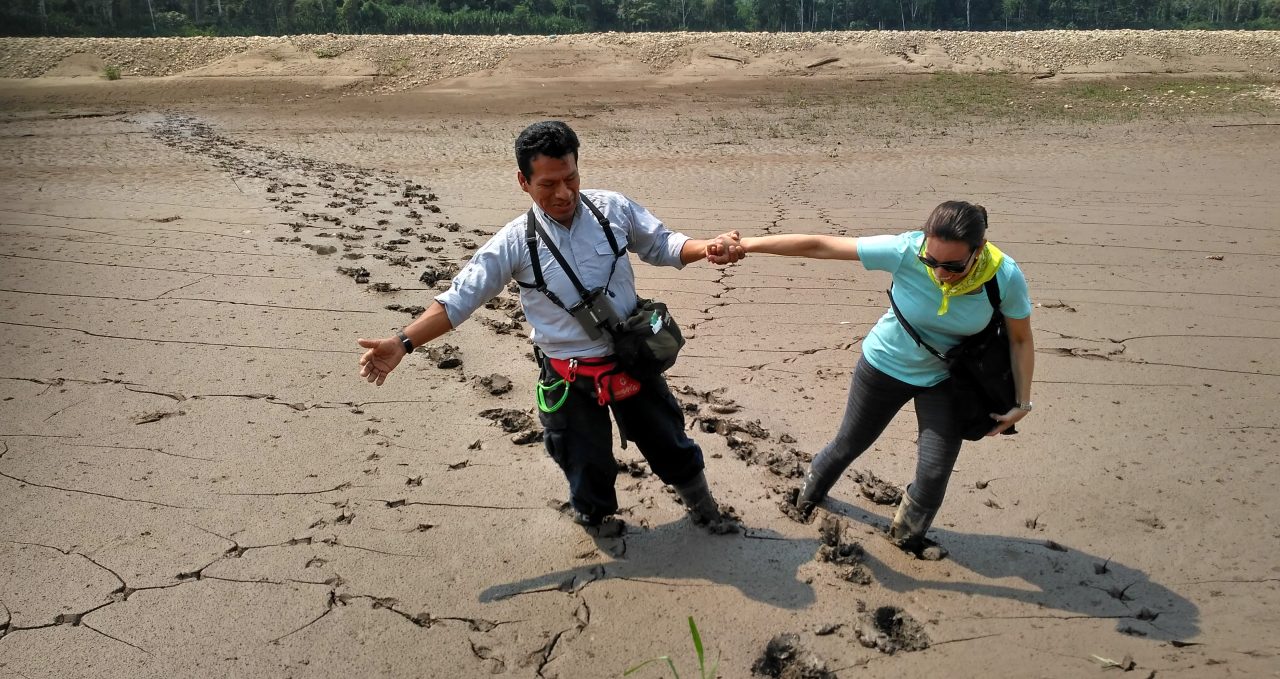
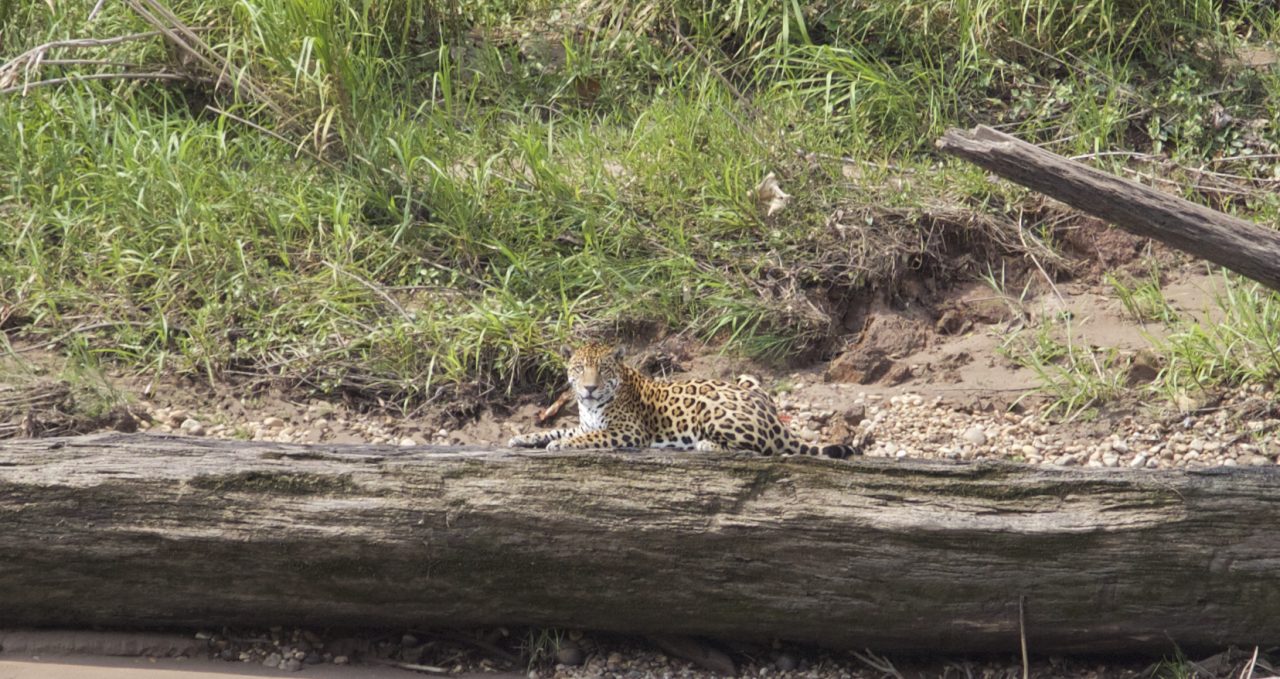
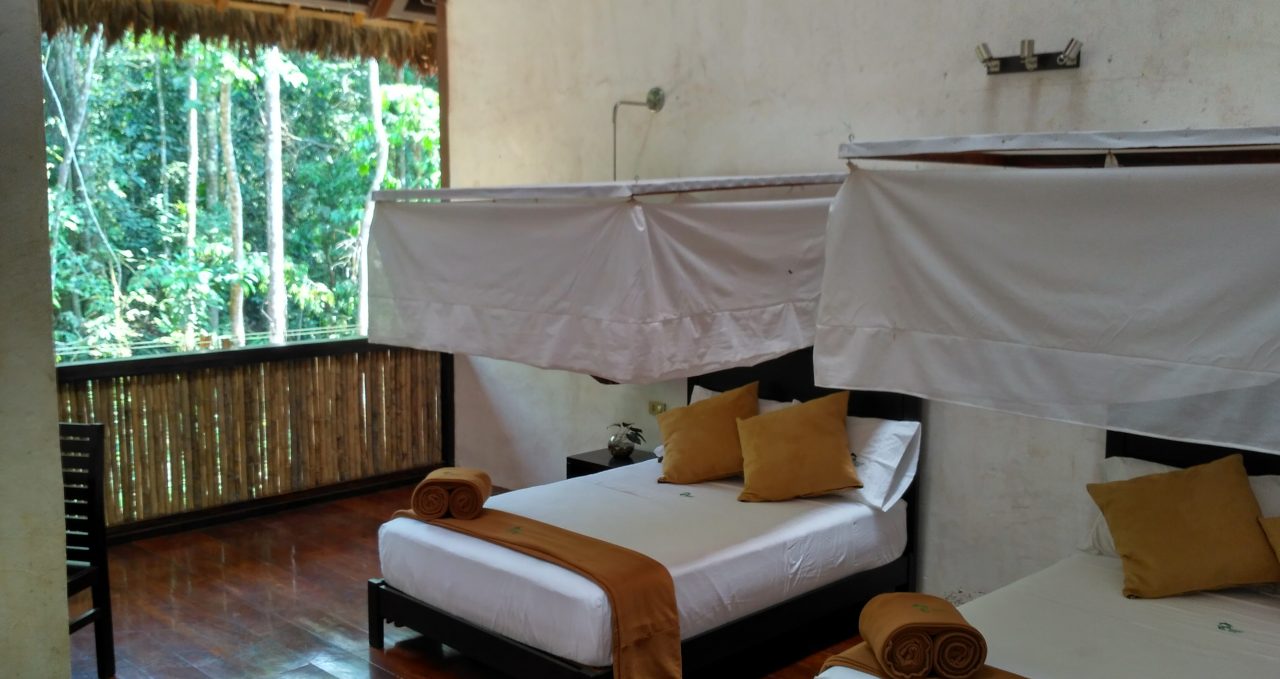
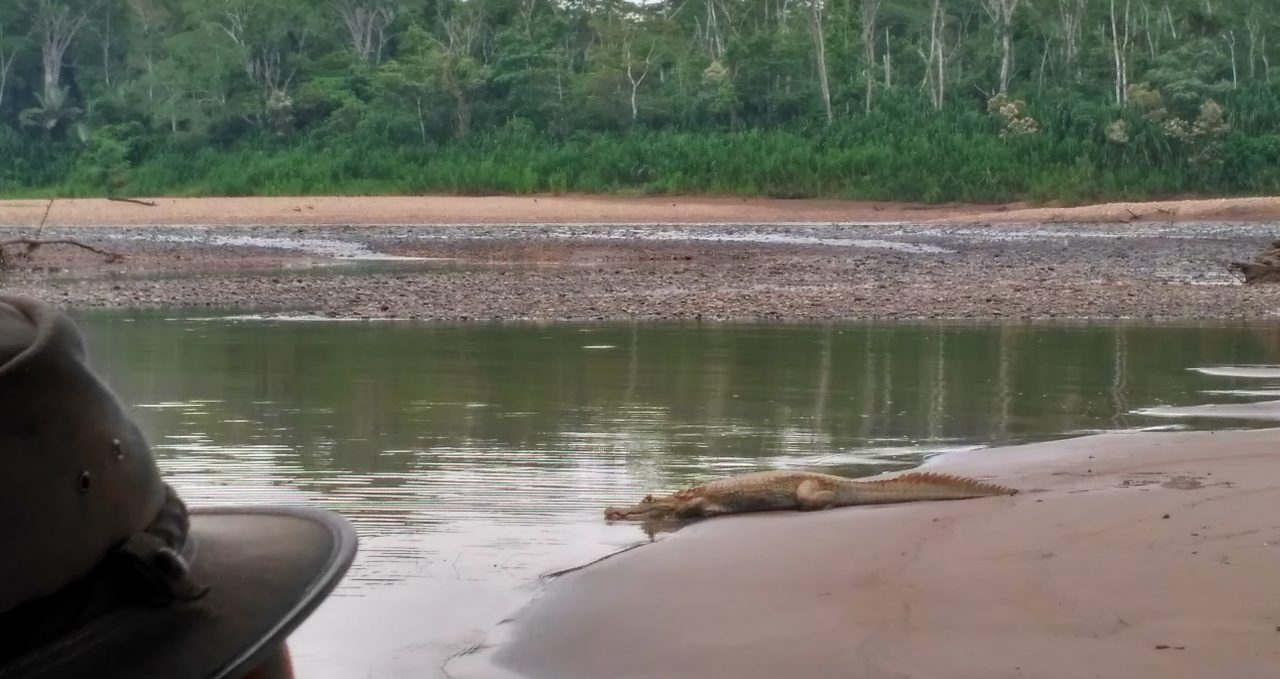
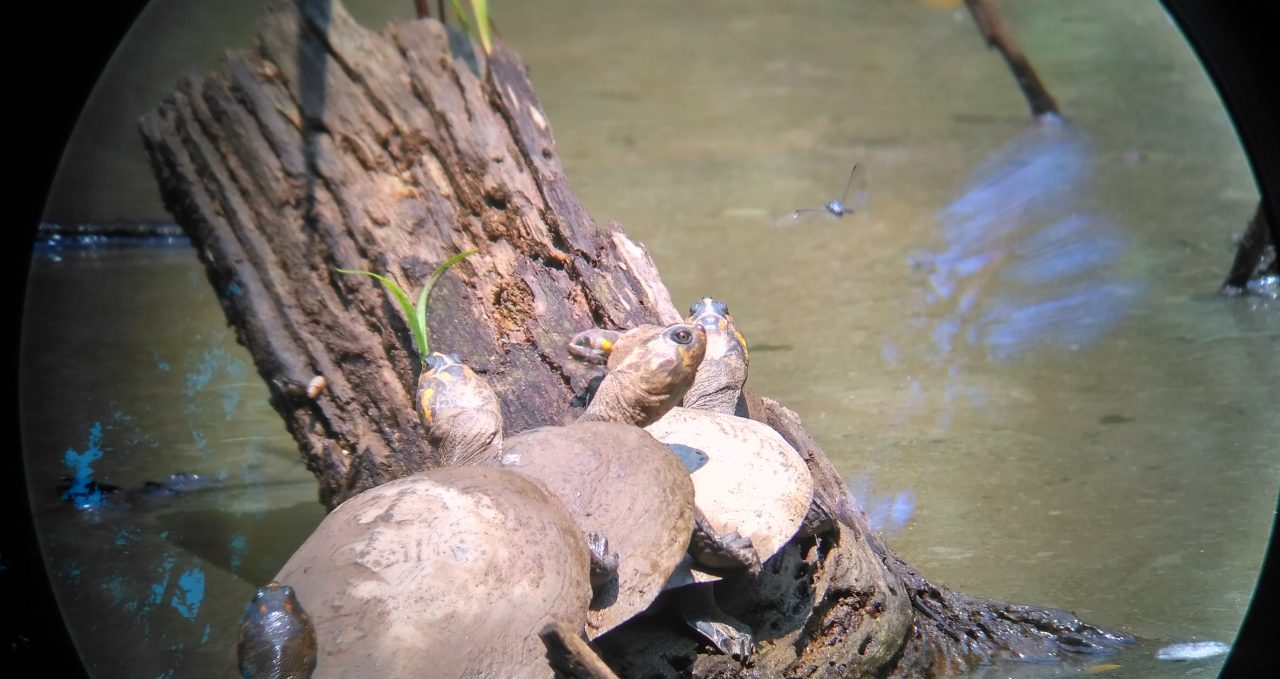
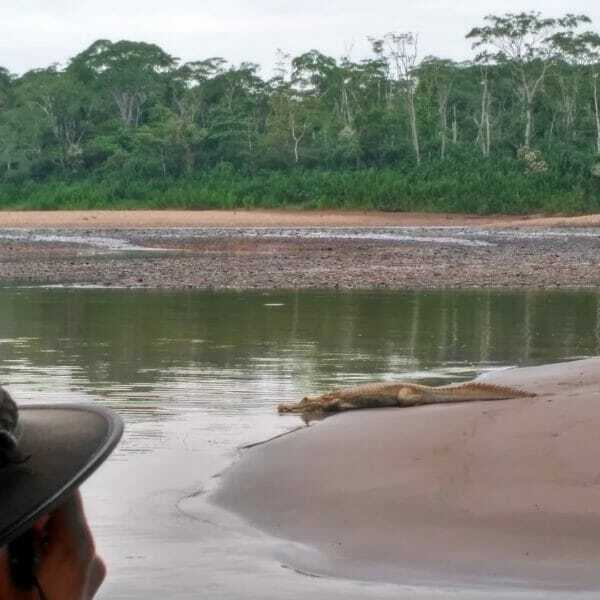
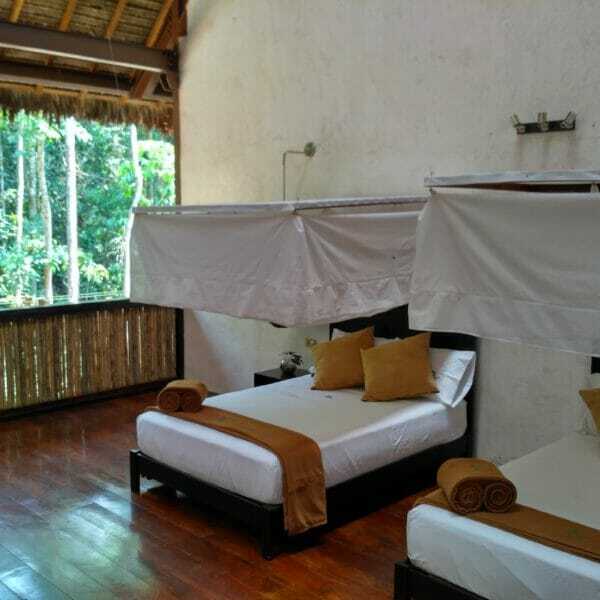
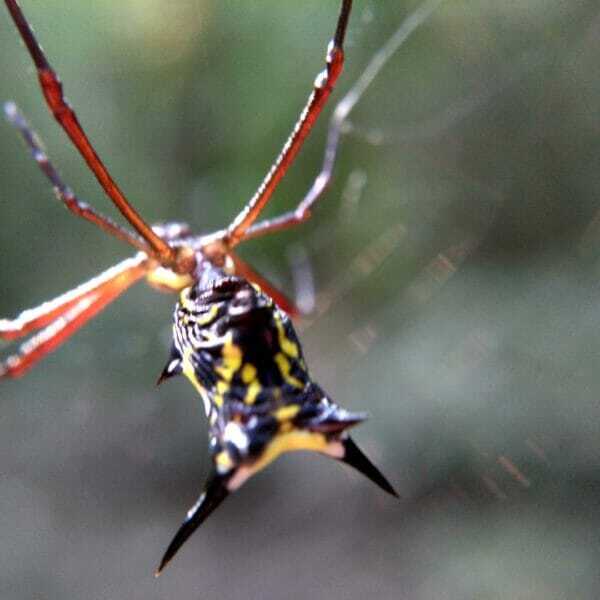
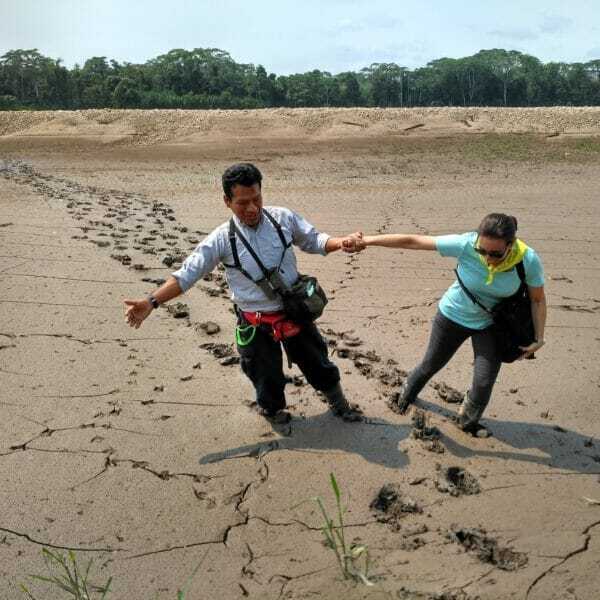
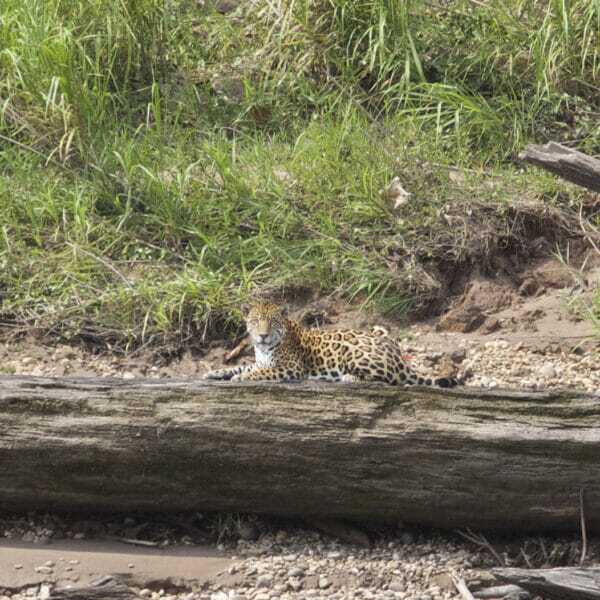

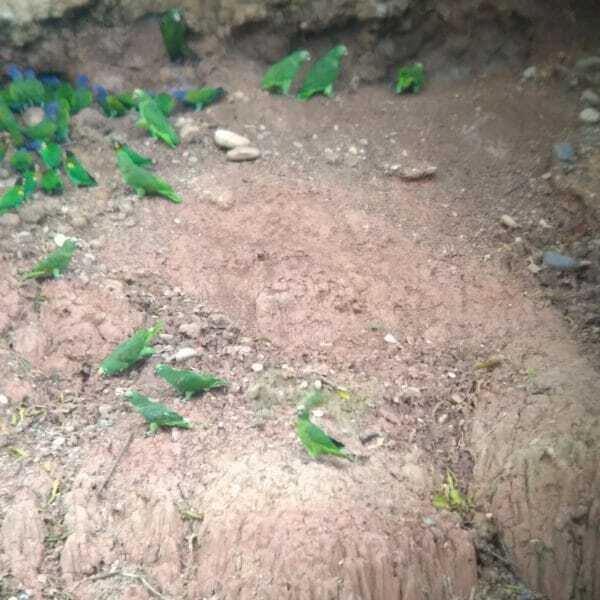
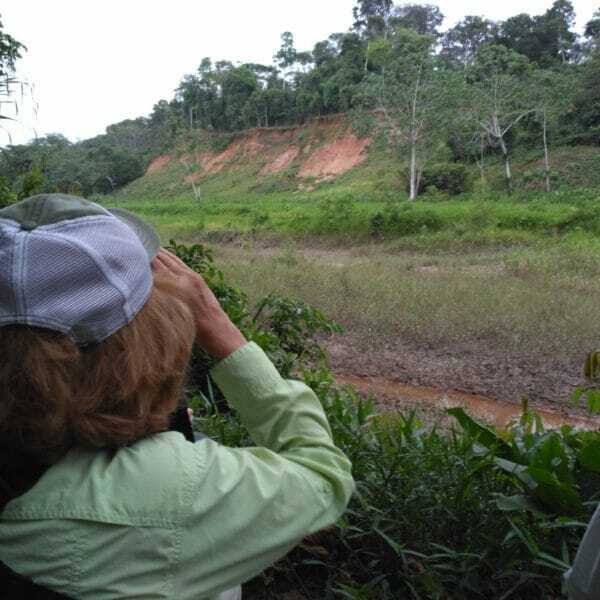
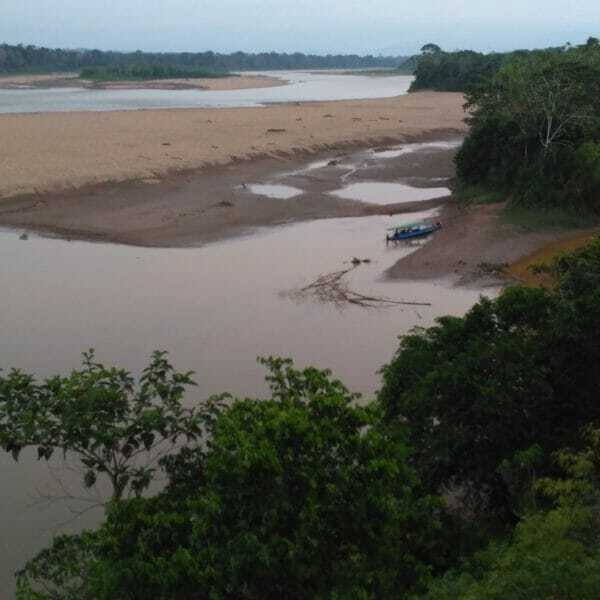

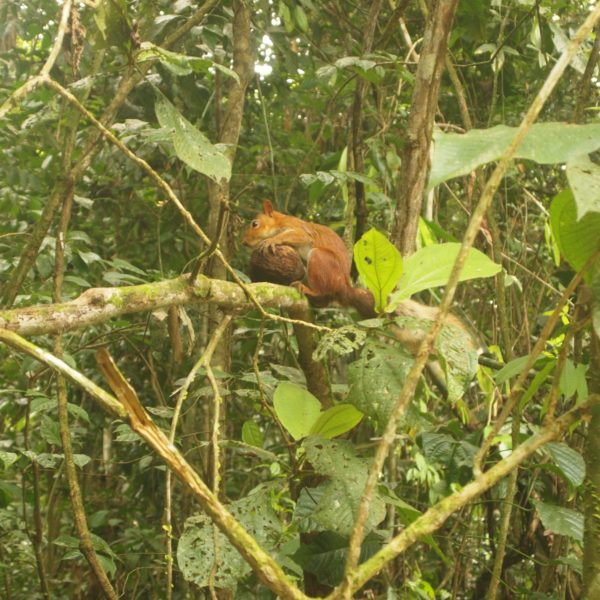
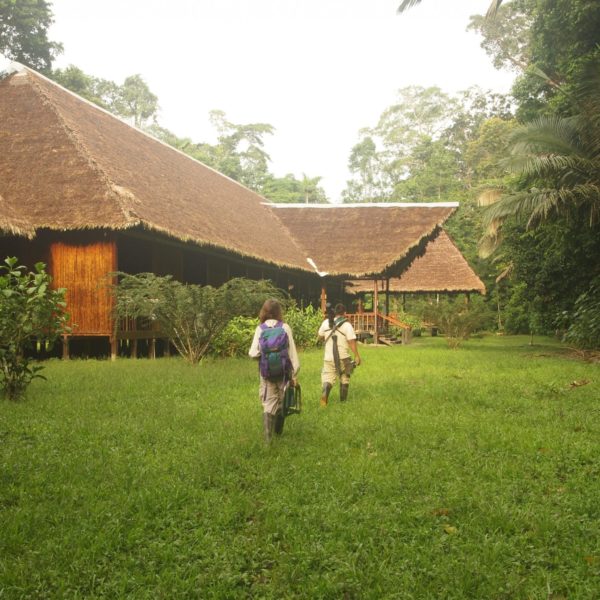
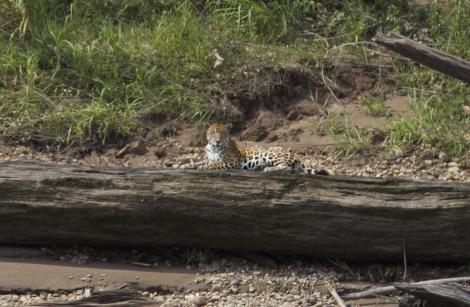
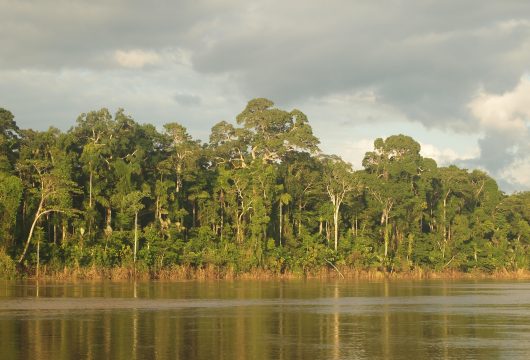
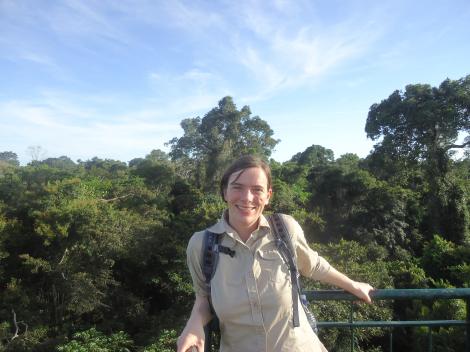
 a Tailor Made Tour
a Tailor Made Tour 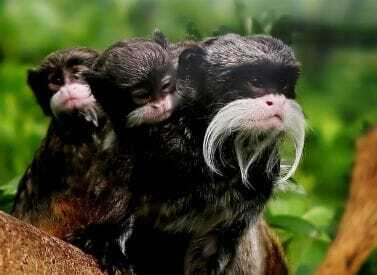
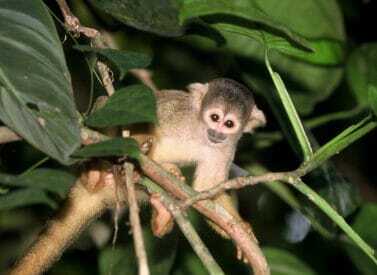
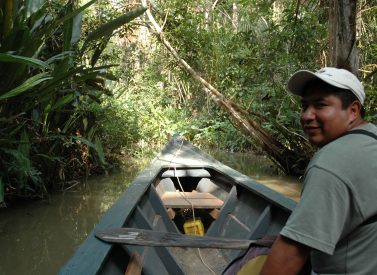
 a Group Tour
a Group Tour 